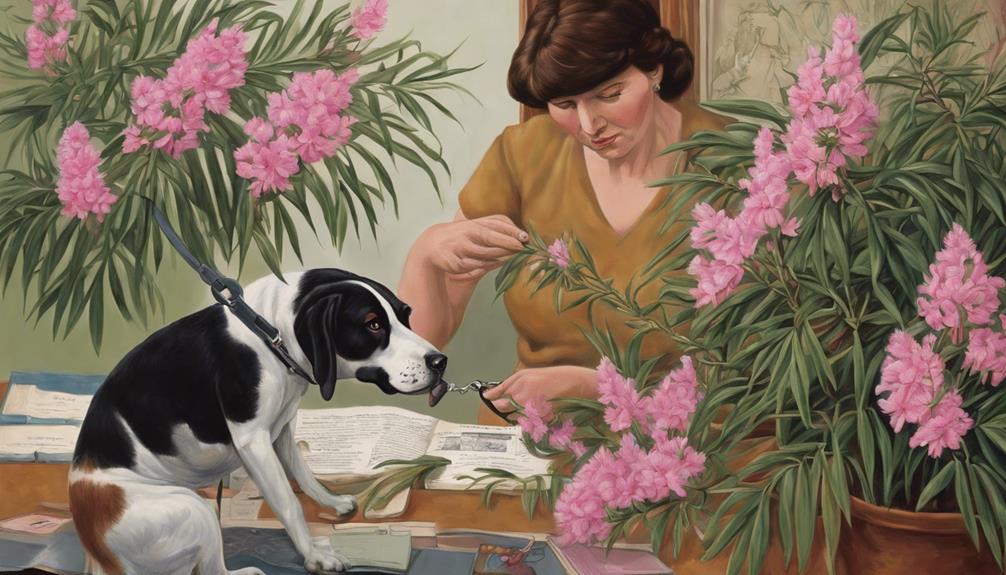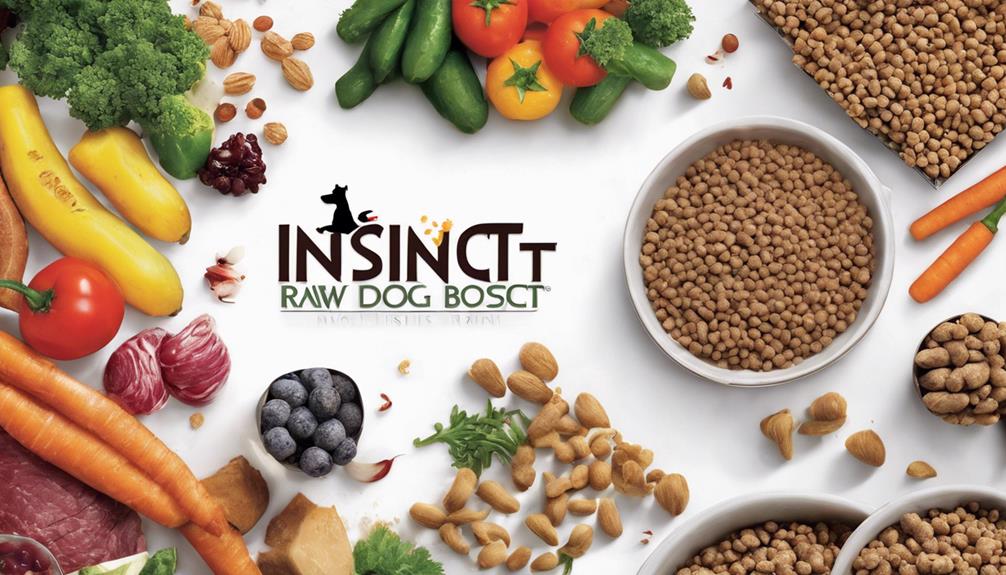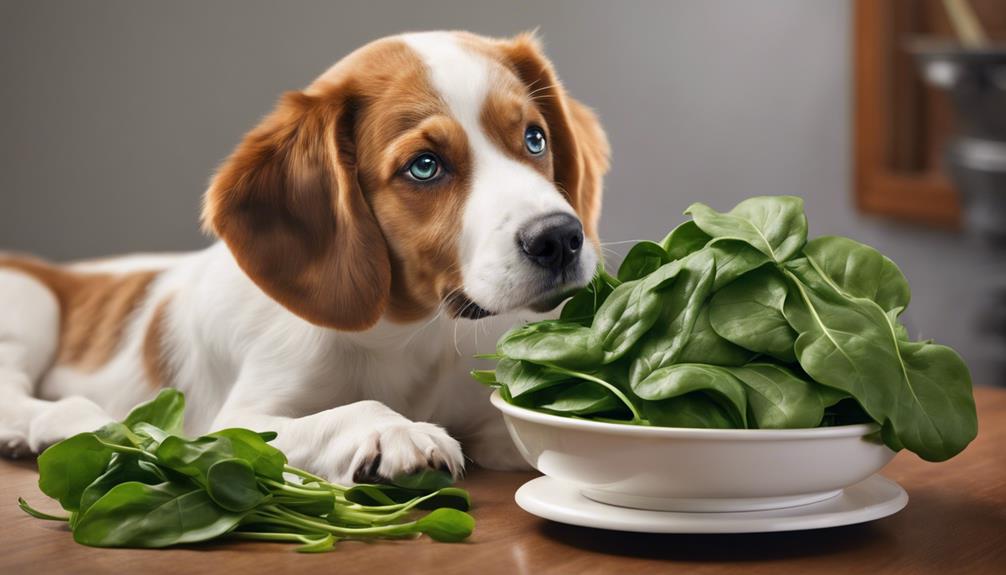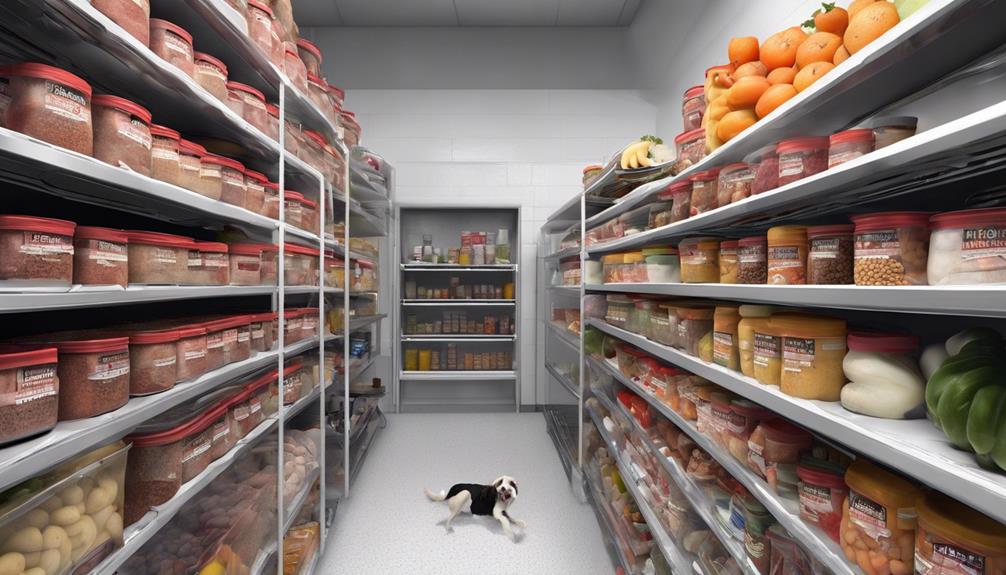Oleander can be dangerous for dogs because of cardiac glycosides such as oleandrin. If ingested, symptoms like vomiting, diarrhea, drooling, abdominal pain, and irregular heart rate may occur. Immediate veterinary attention is essential. Recognizing signs like excessive drooling and irregular heartbeat is crucial. Prompt action is necessary for proper diagnosis and treatment. Urgent care may involve inducing vomiting and monitoring heart function. Administering activated charcoal and seeking emergency assistance when needed is important. Preventing oleander exposure by keeping dogs away and training them to avoid unfamiliar plants can help reduce risks. Being aware and proactive can protect your pet’s life. Understanding these hazards ensures the safety of your furry friend.
Key Takeaways
- Recognize symptoms promptly for immediate veterinary care.
- Keep dogs away from oleander to prevent poisoning.
- Educate on symptoms like vomiting, diarrhea, and irregular heart rate.
- Administer activated charcoal and seek emergency veterinary assistance.
- Supervise dogs outdoors to prevent oleander exposure.
Understanding Oleander Toxicity
Let's explore the dangers of oleander toxicity for dogs. Oleander contains cardiac glycosides like oleandrin, which can harm a dog's cardiovascular system if ingested. Dogs that consume any part of the oleander plant, such as leaves, flowers, seeds, or sap, are at risk of poisoning. Symptoms of oleander toxicity in dogs include vomiting, diarrhea, drooling, abdominal pain, and irregular heart rate.
Diagnosing oleander poisoning in dogs involves a thorough veterinary examination, including a review of exposure to oleander and possibly blood tests to identify markers like hyperkalemia. Immediate veterinary care is critical in cases of oleander poisoning. Treatment may involve inducing vomiting to remove the toxin, administering activated charcoal to absorb any remaining toxins, and closely monitoring the dog's heart function.
Understanding the potential dangers of oleander toxicity and recognizing the symptoms promptly can help ensure prompt veterinary intervention and increase the chances of a positive outcome for our beloved canine companions.
Recognizing Poisoning Symptoms

As pet owners, we must be vigilant in recognizing the symptoms of oleander poisoning in our dogs. Symptoms such as vomiting, diarrhea, excessive drooling, abdominal pain, and irregular heartbeat should raise immediate concern.
Identifying these signs promptly is essential for ensuring our furry friends receive the necessary veterinary care without delay.
Common Symptoms Observed
Experiencing excessive drooling, abdominal pain, irregular heartbeat, difficulty breathing, and seizures are common symptoms of oleander poisoning in dogs.
- Excessive Drooling: Watch out for unusually heavy drooling in your dog, which could indicate oleander poisoning.
- Abdominal Pain: If your dog shows signs of discomfort in the abdominal area, it may be a symptom of oleander toxicity.
- Irregular Heartbeat: Pay attention to any irregularities in your dog's heartbeat as it could be a critical indicator of oleander poisoning.
Recognizing these symptoms promptly is vital in protecting your furry friend from the dangers of oleander ingestion. If you notice any of these signs, seek immediate veterinary assistance to safeguard your dog's well-being.
Immediate Veterinary Assistance
Identifying the symptoms of oleander poisoning in dogs is important for promptly seeking immediate veterinary assistance to ensure their well-being is safeguarded. Symptoms such as vomiting, diarrhea, drooling, abdominal pain, and irregular heart rate shouldn't be ignored.
A thorough veterinary examination, including a history of exposure and possible blood tests for hyperkalemia, is essential for an accurate diagnosis. Immediate veterinary care is necessary to prevent complications that can arise from oleander poisoning.
Monitoring the dog's vital signs closely is essential in managing the poisoning effectively and ensuring the right treatment is administered. Recognizing these signs early on and acting promptly by seeking veterinary assistance can improve the prognosis for dogs affected by oleander poisoning.
Seeking Immediate Veterinary Care

Seeking immediate veterinary care for a dog exposed to oleander is paramount due to the rapid onset of symptoms and potential complications that may arise. When dealing with oleander poisoning, quick action is essential. Here are three essential steps to take:
- Recognize Symptoms Promptly: Symptoms such as vomiting, diarrhea, drooling, abdominal pain, and irregular heart rate require urgent evaluation by a veterinarian. Early identification can lead to faster treatment and a better outcome for your furry friend.
- Provide Exposure History: Inform the veterinarian about any contact your dog had with oleander. This information is critical for accurate diagnosis and tailored treatment. Be honest and thorough to guarantee the best care for your pet.
- Undergo Diagnostic Tests: Blood tests and a thorough examination are essential for diagnosing oleander poisoning. These tests help determine the extent of exposure and guide the treatment plan. Trust your veterinarian to make informed decisions based on these results.
Treatment Options for Poisoned Dogs

When a dog ingests oleander, immediate action is essential. Emergency veterinary care, decontamination procedures, and supportive care measures are key.
These steps aim to minimize the impact of the poison and support the dog's recovery.
Emergency Veterinary Care
In cases of oleander poisoning in dogs, emergency veterinary care may involve inducing vomiting if ingestion occurred recently. When treating poisoned dogs, the following steps are typically taken:
- Administering activated charcoal: This helps absorb toxins from the oleander ingestion, reducing their harmful effects.
- Providing intravenous fluids: These are essential for flushing out toxins and offering supportive care to the poisoned dogs.
- Monitoring essential signs: Close observation of essential signs like heart rate and breathing is critical during the treatment to guarantee the dog's stability.
Decontamination Procedures
To decontaminate dogs poisoned by oleander, the primary procedure often involves inducing vomiting to eliminate any ingested plant material. This step helps rid the body of toxins before they can cause further harm.
Additionally, administering activated charcoal can aid in absorbing any remaining toxins and prevent their absorption into the bloodstream. Providing intravenous fluids is essential to help flush out the toxins and maintain proper hydration levels in poisoned dogs.
During decontamination, close monitoring of vital signs is important to promptly address any developing symptoms. Remember, supportive care is crucial in managing symptoms and ensuring the best possible outcome for poisoned dogs.
Supportive Care Measures
Let's focus on providing immediate and thorough supportive care measures for dogs poisoned by oleander to guarantee their swift recovery and well-being.
- Inducing vomiting if ingestion is recent helps remove the toxin from the system.
- Administering activated charcoal aids in binding the remaining toxins in the stomach.
- Providing intravenous fluids supports hydration and helps flush out toxins from the body.
Importance of Preventive Measures

Understanding the importance of preventive measures is vital in safeguarding our furry companions from the dangers of Oleander poisoning. Oleander poisoning in dogs can be life-threatening, making it essential to take proactive steps to keep them safe.
Preventive measures such as keeping dogs away from Oleander plants, educating ourselves on toxic plants, and training our dogs to avoid ingesting unknown vegetation can greatly reduce the risk of accidental ingestion. Supervision is also key, especially when dogs are outdoors, as it can prevent them from accessing potentially harmful plants like Oleander.
Educating Pet Owners on Risks

As pet owners, we must be mindful of the risks associated with oleander poisoning in dogs to ensure the safety of our furry companions. Understanding the dangers of oleander ingestion is essential in protecting our pets. Here are three key points to keep in mind:
- Recognizing Symptoms: It's important to educate ourselves on the symptoms of oleander poisoning, such as vomiting and irregular heartbeat. Early detection plays a crucial role in seeking prompt veterinary care.
- Seeking Veterinary Care: In the event of suspected oleander ingestion, immediate veterinary assistance is crucial. Timely intervention can make a significant difference in the outcome for our dogs.
- Preventing Exposure: As responsible pet owners, we should take proactive measures to avoid oleander exposure. Identifying and removing oleander plants from our surroundings can help create a safer environment for our beloved pets.
Safeguarding Dogs From Oleander Poisoning

To protect our furry companions from oleander poisoning, essential measures must be taken to safeguard dogs from exposure to this toxic plant. Oleander poisoning in dogs can result in symptoms like vomiting, diarrhea, drooling, and irregular heart rate, highlighting the importance of prevention.
Immediate veterinary care is vital as symptoms can appear rapidly after ingestion. Preventing oleander poisoning involves keeping dogs away from oleander plants and becoming knowledgeable about other toxic plants. Training dogs to avoid consuming unknown plants and supervising them outdoors can greatly reduce the risk of oleander poisoning incidents.
If exposure occurs, inducing vomiting, administering activated charcoal, and providing supportive care are key steps in treatment. By implementing these preventive measures and knowing how to respond in case of exposure, we can effectively safeguard our beloved dogs from the dangers of oleander poisoning.
Frequently Asked Questions
Will Dogs Stay Away From Oleander?
Dogs may not naturally avoid oleander plants due to their attraction to the smell and taste. It's important for pet owners to actively prevent access. Training dogs to steer clear of oleander, along with supervision and proactive measures like fencing, can help protect them from accidental poisoning.
It's important to be aware that the toxic compounds in oleander don't deter dogs. Taking steps to restrict their exposure is key to their safety.
What Do I Do if My Dog Ate Oleander?
If our dog ate oleander, immediate veterinary attention is essential due to its high toxicity. Symptoms like vomiting, diarrhea, and irregular heart rate signal oleander poisoning.
Veterinary examination, history review, and possibly blood tests are needed for diagnosis. Treatment may include inducing vomiting, activated charcoal, fluids, and heart monitoring.
To prevent future incidents, remove oleander access, learn about toxic plants, and supervise outdoor activities closely.
Is Oleander Pet Friendly?
Oleander isn't pet-friendly due to its high toxicity to dogs, cats, and other animals. All parts of the plant, including leaves and flowers, contain harmful substances that can disrupt the heart's electrical activity.
Ingesting oleander can lead to serious health issues in pets, such as vomiting, weakness, and irregular heart rate. Immediate veterinary care is essential if a pet ingests oleander to prevent life-threatening complications.
How Do You Stop Oleander Poisoning?
When dealing with oleander poisoning in dogs, quick veterinary attention is key. Inducing vomiting and giving activated charcoal can help. Monitoring heart function and essential signs is critical. Hospitalization and IV therapy might be needed.
Educate pet owners on toxic plants and keep them away from oleander to prevent poisoning. Remember, acting fast can save a furry friend's life.
Can the Information on Protecting Dogs from Oleander Poisoning Apply to Mistletoe Poisoning as Well?
The information on protecting dogs from oleander poisoning may not fully apply to mistletoe toxicity in dogs. While both can cause serious issues if ingested, the symptoms and treatment may differ. It’s important for pet owners to educate themselves on mistletoe poisoning specifically to keep their dogs safe.
Conclusion
To sum up, protecting your pup from oleander poisoning is paramount. Remember, prevention is key! Keep your furry friend safe by keeping oleander plants out of reach.
Stay vigilant and seek veterinary care immediately if you suspect poisoning. Educate yourself and others on the risks, and take proactive measures to safeguard your dog's health.
Prevention is the best protection against this perilous plant!










